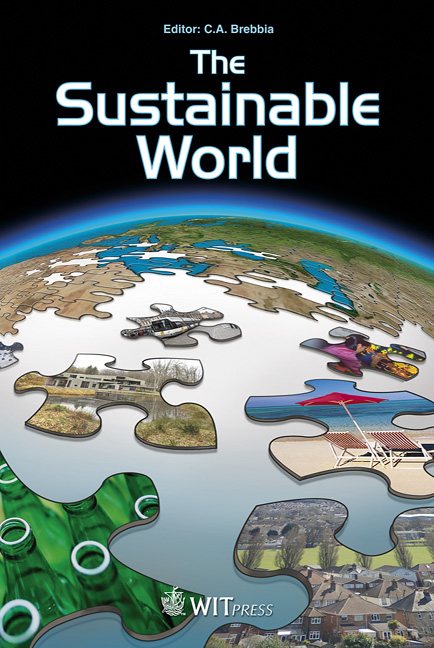Rural-urban Gradient And Sustainability In Spain: A Municipal-scale Approach
Price
Free (open access)
Transaction
Volume
142
Pages
8
Page Range
101 - 108
Published
2010
Size
3,460 kb
Paper DOI
10.2495/SW100101
Copyright
WIT Press
Author(s)
O. de Cos, P. Reques & M. Marañón
Abstract
This article attempts to provide a methodological approach to the insufficiency of the statistical criteria used to determine that a municipal area is rural (less than 2,000 inhabitants), semi-urban (2,000 to 10,000 inhabitants) or urban (more than 10,000 inhabitants). In contrast to this system, a conceptual and methodological alternative is proposed, based on different territorial, demographic and economic indicators, which enables the traditional rural-urban duality or dichotomy to be overcome in order to empirically confirm the hypothesis of continuum or rural-urban gradient within the Spanish territory. With this aim, we analyse and map different indicators, related positively or negatively to the degree of urbanization, referred to as municipal areas in Spain. The territorial indicators were: number of nuclei per square kilometre to measure the population dispersal, the distance to urban nuclei, the occupation intensity of the territory, the percentage of population working outside the primary sector, the index of masculinity in adults related to the feminine over-emigration in rural environments, the degree of ageing, the demographic growth rates in different periods of recent history and the percentage of the working population with secondary and university study. All these indicators were standardized to enable them to be dealt with together and to make them comparable with the aim of creating a representative synthetic indicator. The end result has enabled the elaboration of a synthesis map in which the differing degrees of urbanization within the Spanish territory, and the importance that the urban system has in explaining it, are demonstrated. The article also alludes to the problems of sustainability that exist nowadays in the extreme poles of the
Keywords
rural-urban gradient, standardization, cartographic model, degree of urbanization





